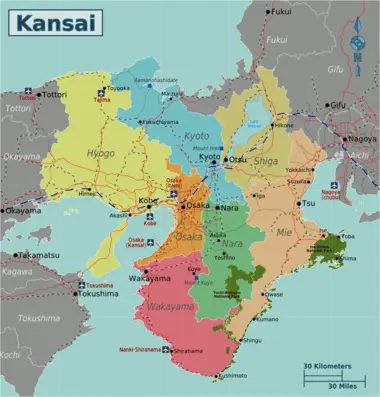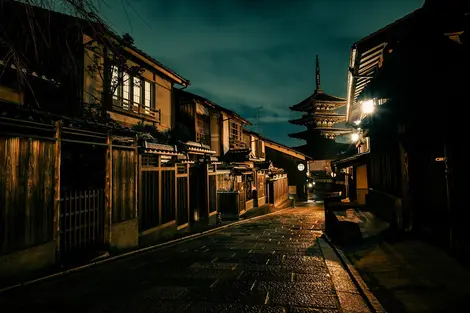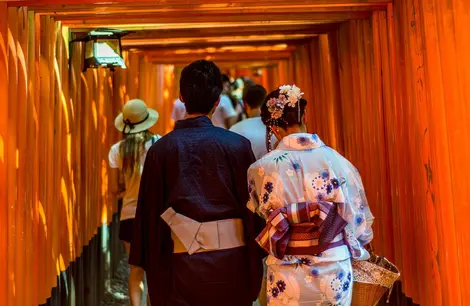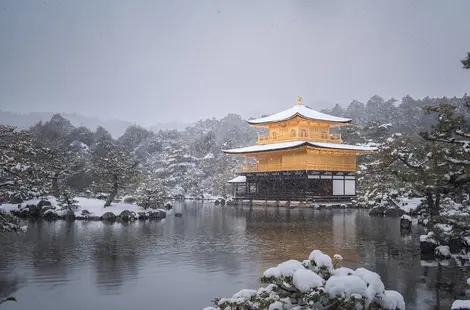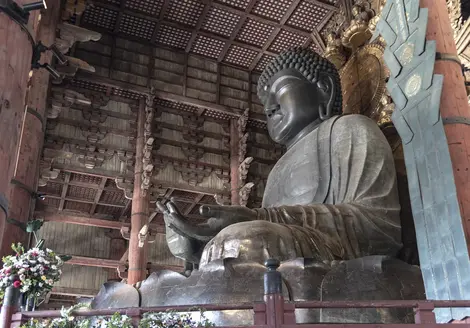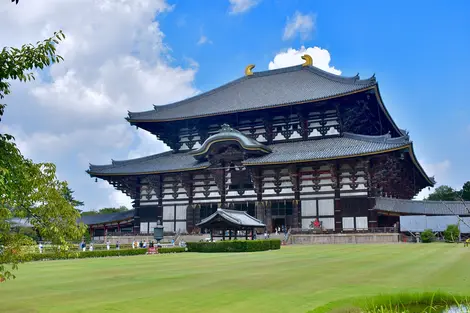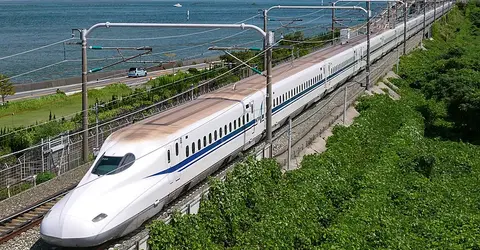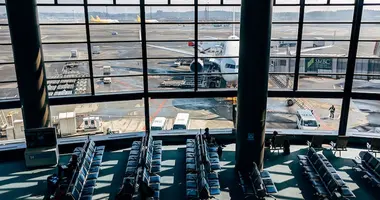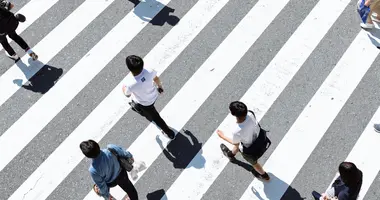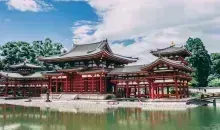Traveling to Kyoto and Nara: between two historic capitals
Two of Japan's most historic cities are Kyoto and Nara, both of which served as capitals for the island nation during prominent times in its history. The two cities are in close proximity to each other, meaning that taking a deep dive into Japan's rich past is made easy when traveling to both destinations!
Japan's ancient cities of Kyoto and Nara are enduring representations of the nation's rich cultural and historical past. Much of Japan's traditional culture, art, and spirituality were established during their time as imperial capitals—Kyoto for more than a thousand years and Nara as the first permanent capital. They are now considered essential destinations for tourists who want to experience Japan's rich history. Kyoto offers famous temples, geisha neighborhoods, and traditional tea rituals, while Nara captivates with its historic shrines, the Great Buddha, and amiable wandering deer.
History intertwined
Kyoto and Nara's historical ties are intricately entwined, representing the continuity and change of Japan's political and cultural scene. The crucible of recorded Japanese civilization, Nara, was founded as the country's first permanent capital in 710, and at this time, it was known as Heijo-kyo. It brought Buddhism, governance influenced by China, and cultural customs that helped to define the country's identity.
But in 794—the start of the Heian Period—the capital was moved to Kyoto (which was called Heian-kyo) due to worries about the expanding dominance of Buddhist temples. As Buddhism flourished alongside art, literature, and Shinto activities, Kyoto developed into a center of refinement. Despite this change, shared customs and the ongoing impact of places of worship such as Kiyomizu-dera in Kyoto and Kofuku-ji in Nara kept the two cities together. Given that both towns work together to preserve Japan's cultural and spiritual tradition, this legacy of connectivity is still visible today.
In fact, the two prefectures of Kyoto and Nara border each other, and both are some of the most visited and well known locations in the region of Japan known as “Kansai,” which also includes places like Osaka, Hyogo, and Shiga Prefectures. Getting around the greater area is fairly easy thanks to the extensive rail network set up throughout the region, and since Kyoto and Nara are so easily traversed between each other, the two prefectures and two historic capital cities are often traveled to in conjunction, complimentary destinations that put the full story of Japan’s rich history together.
What to see in Kyoto
Kyoto provides a multitude of experiences for travelers looking to lose themselves in beauty and tradition. Explore its famous temples first, like the calm Ryoan-ji with its well-known rock garden, the ethereal Kiyomizu-dera set on a mountain, or the brilliant Kinkaku-ji (brilliant Pavilion). Take a mystical stroll through the Arashiyama Bamboo Grove and cross the neighboring Togetsukyo Bridge to see the Katsura River. While Nishiki Market is the ideal place to sample regional cuisine, the historic Gion neighborhood offers an insight into Kyoto's geisha culture. Climb the thousands of vermilion torii gates at Fushimi Inari Taisha or stroll along the Philosopher's Path during cherry blossom season for a peaceful getaway.
Aside from the well-known cultural sites, Kyoto is also a great city to leisurely explore and let yourself get lost in. Kawaramachi-dori is the main shopping district, but around the more casual neighborhoods like Banacho and Tominokoji are great for finding lesser-known storefronts and cafes. Kyoto, known for its elegance, is great for cuisine, with a medley of traditional Japanese restaurants serving authentic cuisine that pays suitable homage to the country’s rich culinary culture. Surrounded by gorgeous nature, Kyoto is great for sourcing high-quality ingredients that are often used at local establishments.
What to see in Nara
Just heading down south from Kyoto leads you right into Nara, and of course, the prefecture’s most famous attraction is Nara Deer Park, where sacred deer roam free and can even be fed and approached by visitors. Be mindful, though; these are still wild animals and will act accordingly, but with mutual respect and some food in hand, you may get one of these majestic creatures to bow to you!
There’s plenty to check out in the greater Nara area, though, after all, it is one of the archipelago’s most storied cities. Todai-ji Temple, which is home to the Great Buddha, a huge bronze figure kept in one of the biggest wooden buildings in the world. Discover the magnificent Shinto temple of Kasuga Taisha, which is embellished with hundreds of stone and bronze lanterns. Explore Isuien Garden, a gorgeously designed space that blends natural and artificial elements for a more tranquil experience. One of the world's oldest wooden buildings and a UNESCO World Heritage Site, Horyu-ji is not to be missed by history buffs. For those who want to learn more about Japan's ancient past, Nara is the ideal destination for a day trip or longer stay because of its rich heritage, verdant parks, and sacred sites.
Going between Kyoto and Nara
As previously mentioned, Kyoto and Nara are two prefectures within the Kansai Region that directly border each other, with Kyoto being to the north of Nara. This proximity makes them easily accessible from each other, especially using the Kansai area’s well-established train network.
To and from Kyoto and Nara, the most common means of commute is the JR Nara Line, with both destinations being the terminal stations, taking around 45 minutes. To take advantage of the railway system here, a number of railway pass options make going to these former capitals, as well as other parts of Kansai, very easy.
The Kansai Area Pass grants access to local JR lines, the Nara Line included.
More wide-ranging passes like the Kansai Wide Area Pass and Kansai-Hiroshima Pass also allow for easy access, as well as rides on the Shinkansen bullet train to get to more prefectures. The National Japan Rail Pass covers all JR-operated transportation throughout the country. The Kintetsu Line is also a popular option for getting from Kyoto to Nara and back and is actually covered by the special Kintetsu Rail Pass 5 Day Plus that is distributed by the Kintetsu Company!
For those who are interested in driving between the two locations, it takes a little bit under or over one hour depending on the route. International visitors can rent cars with international drivers licenses (though your original home-country drivers license as well as your passport will be needed at the time of rental).

